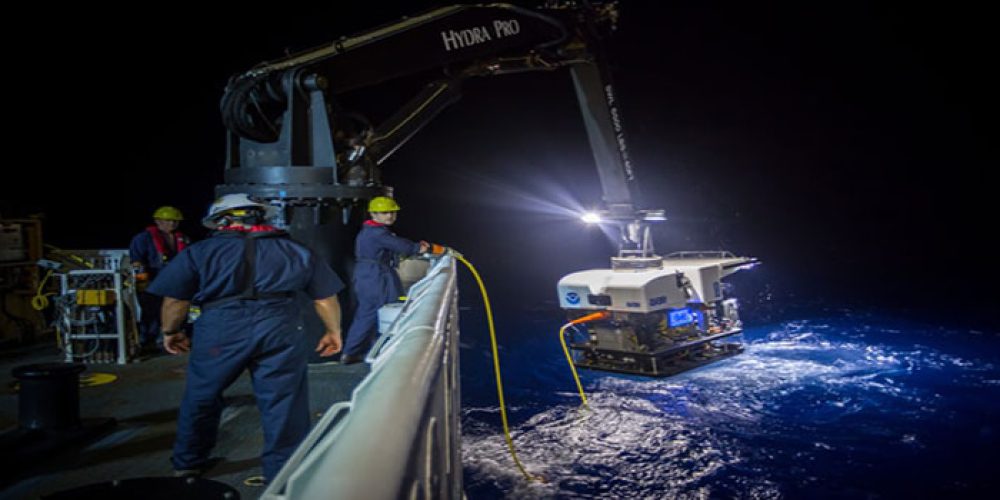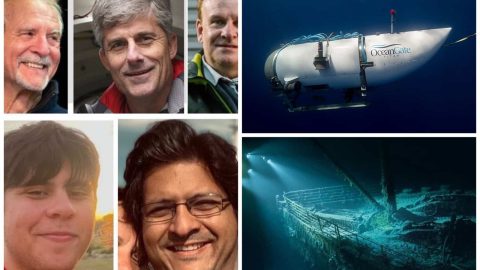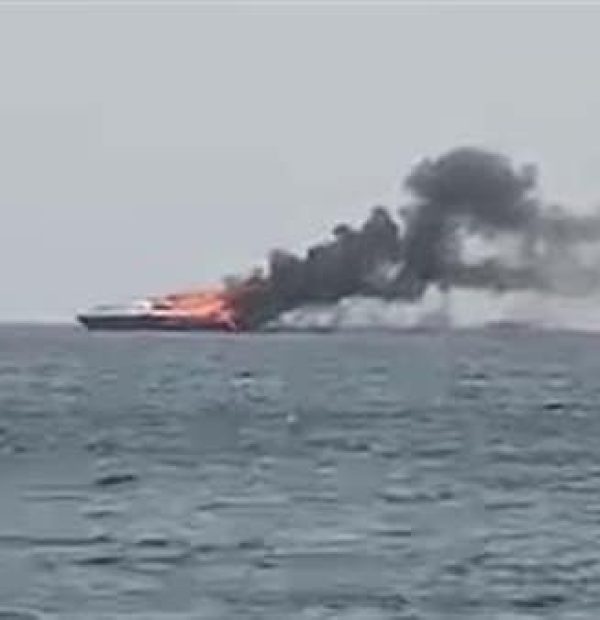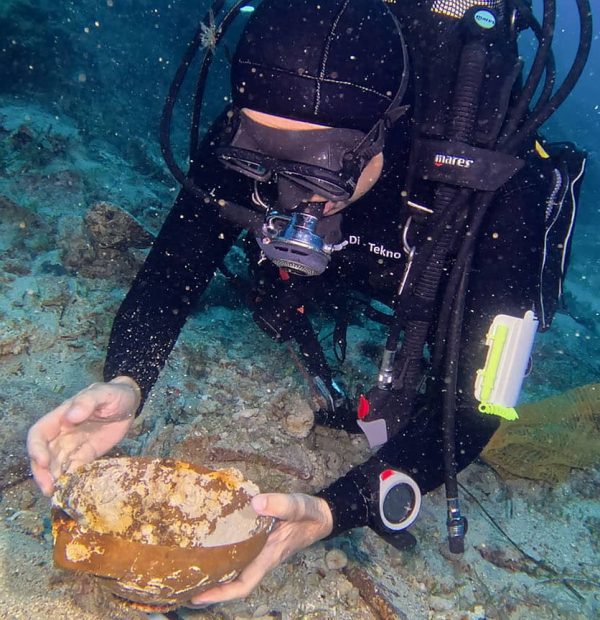Tuesday, 23 April 2024
Menu

The National Oceanic and Atmospheric Administration (NOAA) in its various incarnations has been providing vital information for over two centuries. The organisation’s work is closely linked to monitoring and exploring the natural environment, providing highly accurate weather forecasts and conducting many extremely important research projects, helping us understand how individual ecosystems function and how we can protect the whole that they consist of and in which we humans inevitably exist. Now everyone can take a look at NOAA’s exploration of the deepest place on Earth – the Mariana Trench.
An expedition to explore, study and map the Mariana Trench has been scheduled for the period between April 20 and July 10, 2016. To this end, NOAA scientists are using the remotely operated vehicle Okeanos Explorer, armed with cameras and the tools necessary for scientific operations. We can all accompany them in this endeavor, thanks to a live online broadcast! All you have to do is fire up the actual stream on youtube.
This is an amazing and unique opportunity to see for yourself what lies in the murky depths of the Mariana Trench and its immediate surroundings. Views available so far for few like Don Walsh, Jaques Piccard (although these two gentlemen didn’t see much) or James Cameron, we can admire thanks to the achievements of technology on the screens of our computers, tablets or even phones!
The image from camera 2 presents a picture of what the NOAA research team is currently working on. Following this transmission, we can come across interesting shots from the depths, often accompanied by commentary from scientists. However, it should be remembered that this is a multi-week expedition, full of tedious work and hours devoted to observation. In addition, a scientist is also a human being and sometimes needs to sleep. Therefore, we should not be discouraged if we do not find anything interesting during our visit.
Camera 1, apart from many charts, maps and dry data, presents also from different angles what is presented by the stream from camera 2. So it is worth to fire up both transmissions, if we happen to come across something that arouses our particular interest.
And finally camera 3. Here we often have the opportunity to see what has already been recorded. So not always live, but always interesting. This stream is intended to present the most interesting material recorded by the cameras of the Okeanos Explorer vehicle. The content changes depending on what NOAA wants to present. So if there is nothing interesting happening on the transmissions from cameras 1 and 2, here you will always find something worth keeping an eye on.
During the exploration, NOAA staff will focus on the landforms and geological aspects of the deepest place on Earth, in addition to studying and documenting the inhabitants they encounter. So whatever your interest, there should be something for everyone, whether you are a lover of strange creatures or underwater volcanoes.
The completion of this project conducted in the deep Pacific is intended to lay the groundwork for more detailed research that NOAA plans to conduct in the future. The data collected is expected to help focus on specific targets in the future, while spending less time looking around.
NOAA provides on its website daily updates of its activities, video and photologist presenting the most interesting material recorded by Okeanos and data enabling tracking the exact position of the research vessel.
You are cordially invited to accompany National Oceanic and Atmospheric Administration researchers and explore the deepest place on Earth!
Source: oceanexplorer.noaa.gov










Welcome to DIVERS24.COM, your daily source of scuba news, freediving, scuba diving information, and equipment reviews. Our comprehensive coverage of the dive industry from A to Z provides you with all the latest scuba news, training updates, underwater photography tips, and everything else related to scuba diving. Whether you’re a beginner or an experienced diver looking for more knowledge about scuba gear or techniques – we’ve got it covered! With our in-depth articles written by experienced divers who have been there and done that, you are sure to find exactly what you need here at Divers24.com. Dive into scuba news today!
Underwater Media Sp. z o.o.
Szafarnia 11/F8,
80-755 Gdansk, Poland
Welcome to DIVERS24.COM, your daily source of scuba news, freediving, and scuba diving information. Sign in for a weekly news update and discount coupons for dive gear and apparel.
@2023 - underwatermedia.pl. All Right Reserved. Designed and Developed by Tworzenie stron internetowych Gdansk

The Divers24 portal is currently the largest online medium treating diving in Poland. Since 2010 we have been providing interesting and important information from Poland and around the world on all forms of diving and related activities.
Contact us: info@divers24.com